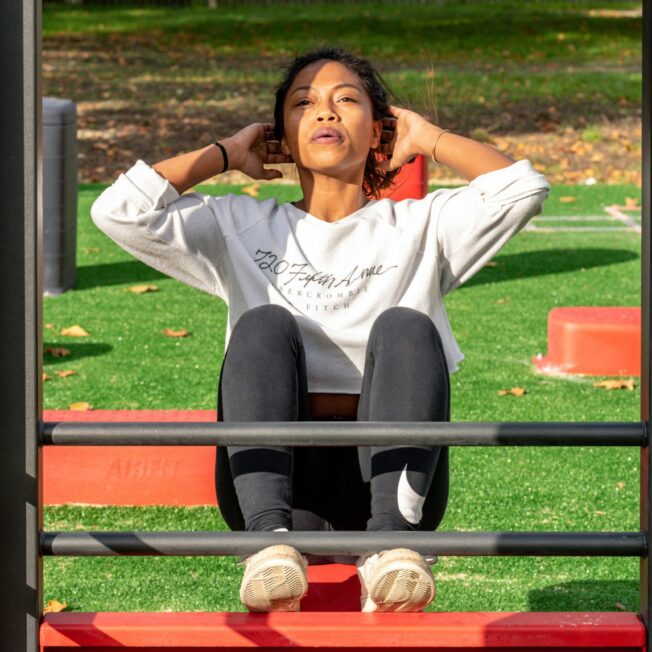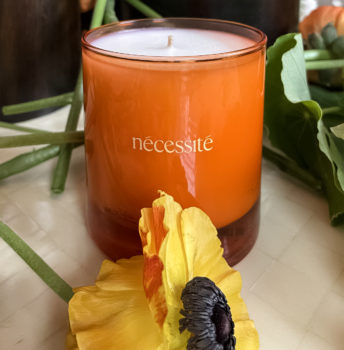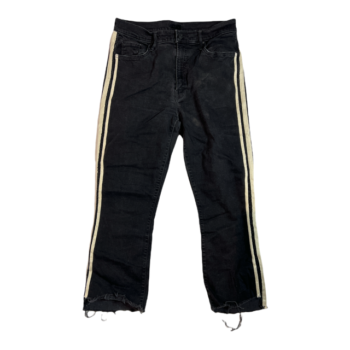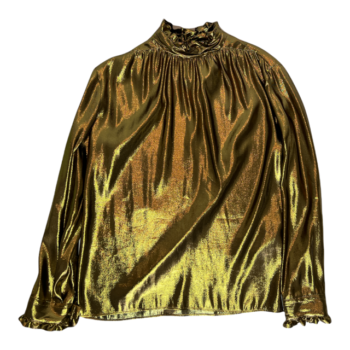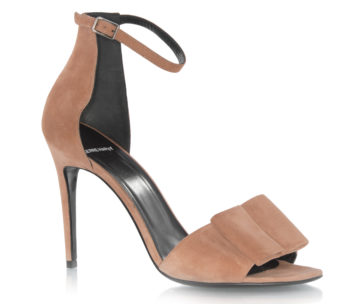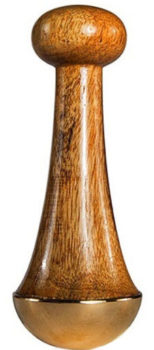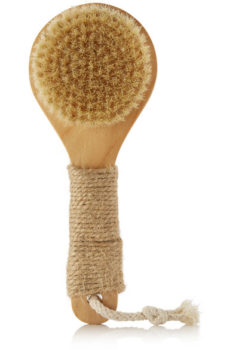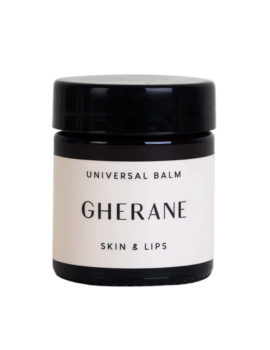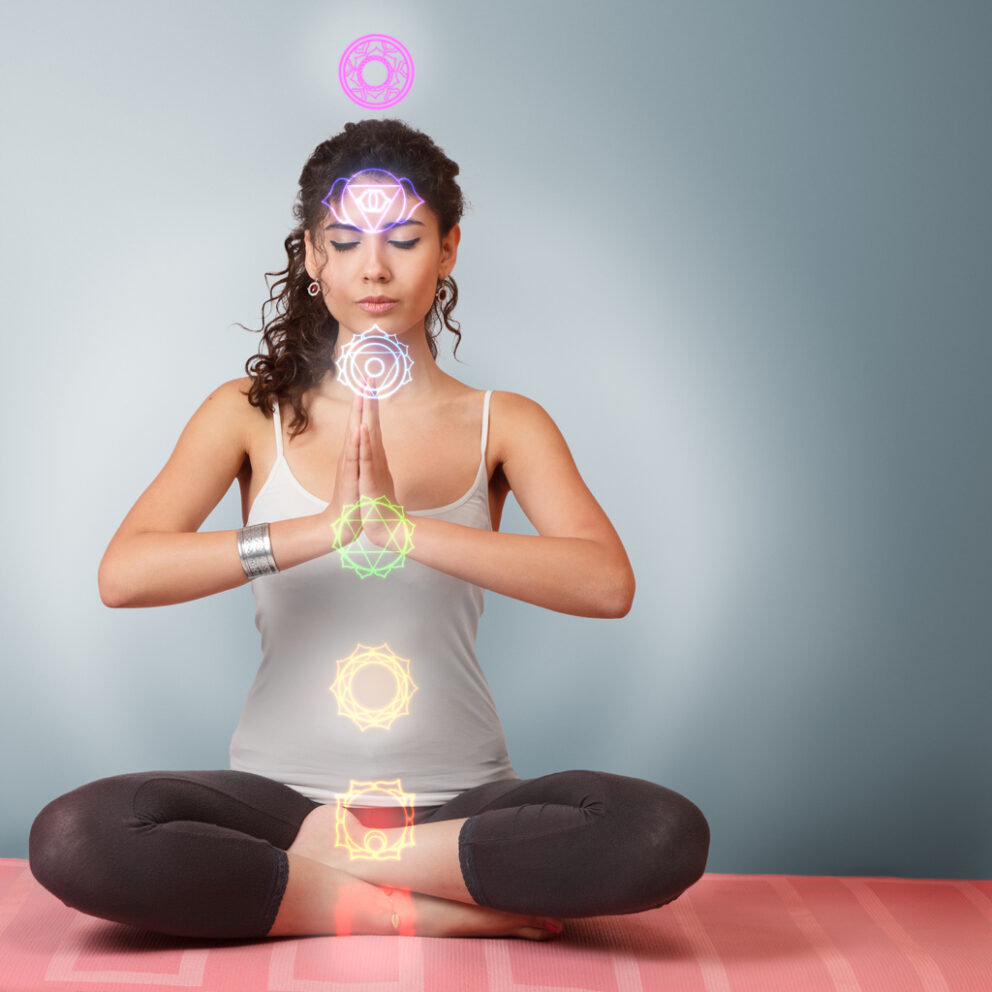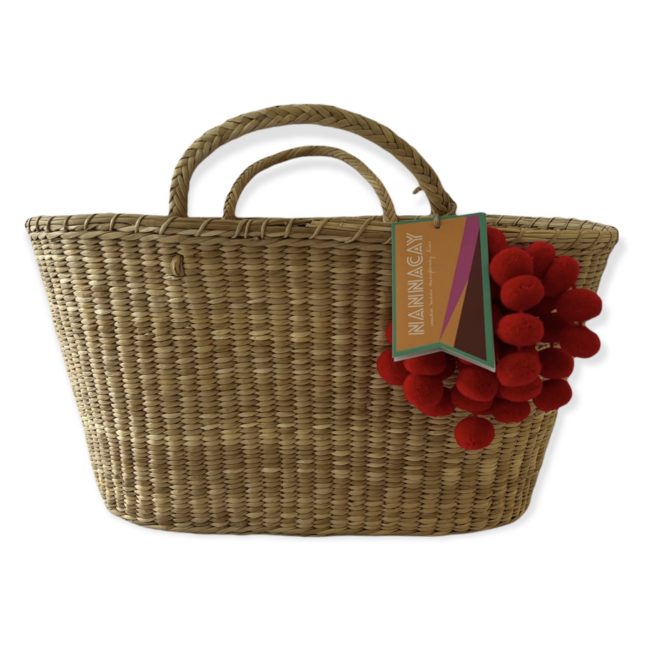The holidays are, without a doubt, the most wonderful time of the year. But once the glitz and glamour of countless festive fiestas come to an end, many of us tend to slip into a funk until the first inkling of spring flowers begin to blossom.
Forget the naysayers’ personal opinions on the matter, seasonal affective disorder is oh so real. Psychology Today claims that an estimated 10 million Americans are affected by it. And since we’re vowing to combat the winter blues this year, we’ve dug into a little research on the topic, to uncover the real reasons behind the disorder and helpful ways to keep those feelings at bay. Consider this a little holiday gift from us to you.
What is seasonal affective disorder?
According to the Mayo Clinic, “Seasonal affective disorder (SAD) is a type of depression that’s related to changes in seasons — SAD begins and ends at about the same times every year. If you’re like most people with SAD, your symptoms start in the fall and continue into the winter months, sapping your energy and making you feel moody.”
What causes it?
While the exact cause is still not completely clear, most mental health professionals believe that SAD is caused by the reduced levels of sunlight during the winter. The lack of sunlight actually has an effect on the brain and can result in symptoms of depression. The dreary weather actually increases the body’s production of melatonin (which makes you feel tired and lethargic) and decreases the production of serotonin (which affects our mood, appetite, and sleep). These two things combined can affect our sleep, our appetite, and our overall energy levels.
How can I beat SAD?
The good news is that SAD is totally treatable. One of the easiest and most effective ways to treat it is with light therapy. Light therapy requires you to soak up artificial (albeit bright) rays from a special light box for about an hour each morning when you wake up. The bright light mimics natural sunlight, which causes a change in the brain chemicals linked to mood. You can also add a few more hours into your weekly workout routine, to get those endorphins flowing, or find little ways to add more natural sunlight into your everyday. Take a walk outside, eat lunch in the park, or sit near a window while you’re in the office to increase your intake. Making healthy swaps to your diet or carving time out for your daily meditation practice can also help alleviate the symptoms.
The post-holiday blues shouldn’t keep you under the covers, hiding from the world until spring. Just prep yourself with a lightbox, a few good sweat sessions, and show seasonal affective disorder who’s boss.
